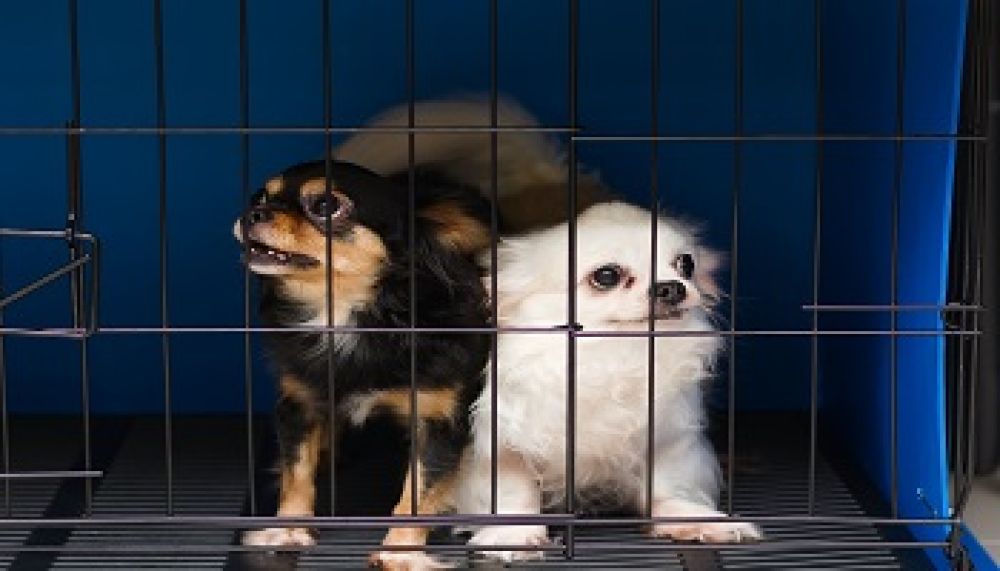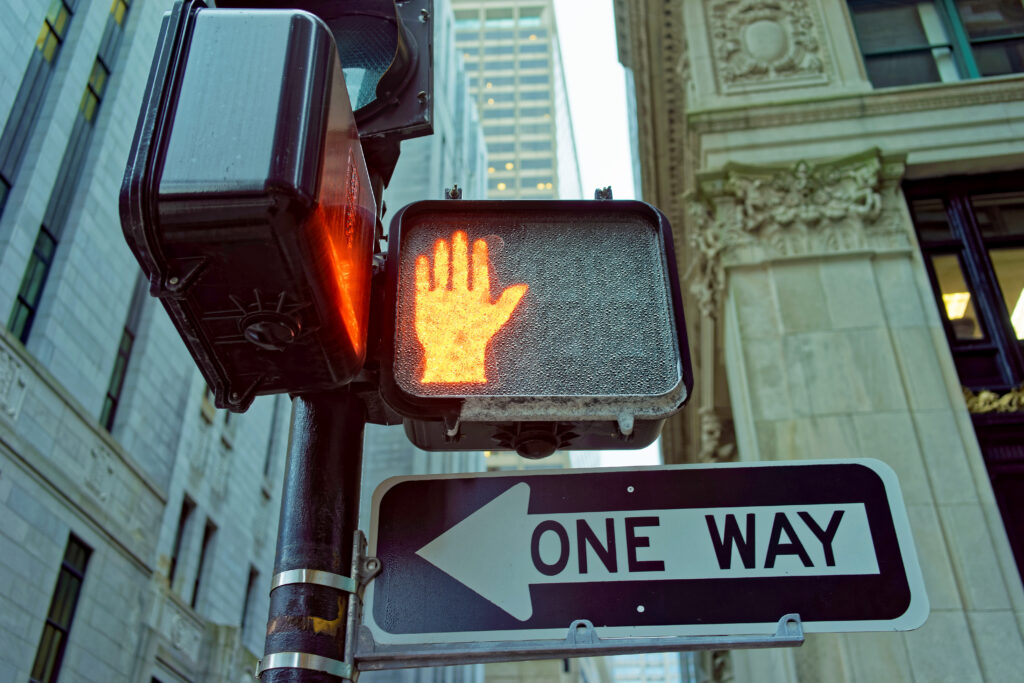Blog

Is Crate Training Not Working For Your Dog Or Puppy?
At some point in any dog’s life, being crated or kennelled will need to happen.
Your dog needs to be hospitalized or transported.
Perhaps “Fluffy” needs to be confined because renovations are going on in your home.
Or you have visitors who are scared of dogs.
In any case, crating Fluffy simply makes sense.
*I am not interested in debating the perceived morality of crating. If you don’t want to crate your dog, or if that’s illegal in your country, feel free to skip this story.*
I’m writing for people who want to crate-train their dogs.
As I was saying to Bin Jiang, I am averse to reading blocks of text.
And I love reading. But I will not read blocks of text.
Such as those in pamphlets from veterinary clinics.
Which team members disseminate to clients on dog behaviour, such as crate training.

As a professional pet dog trainer and veterinary professional, I foresaw challenges with those pamphlets.
If I didn’t want to read those pamphlets, how could we expect veterinary clients to?
Other problems I saw: some pamphlets suggested to owners about luring a dog or puppy into a crate with highly appealing food.
Which might work, or not.
Worse yet, waiting for a puppy or dog to go in on their own — could take a very long time.
Or simply forcing the puppy or dog into the crate and locking the door shut, waiting for the pooch to cry it out.
Which is inhumane.
Instead, I am going to present something a little different.
Teach a dog to LOVE going into a crate.
So much so, that dog is so joyful and runs into the crate.
Prerequisites:
- A wire or plastic crate
Before you begin:
Dismantle the crate into constituent parts to help your dog’s success.
A wire crate will have a plastic bottom – pull that out.

The next photo is the bottom part from a plastic crate.

Onward to the first game!
The Paw Target Game
- Place a large blanket placed on the ground.


Given a large enough blanket, a dog may step on the blanket seemingly by accident.


When your dog steps on the blanket with just 1 paw, mark the behaviour with whatever sound or word you use such as a click or “yes.”
- Reinforce the behaviour by giving a bite-sized treat.
- Pause 1 to 2 seconds, say “search” and throw a treat or toy in a direction away from the blanket.
This increases the value your dog has for the blanket.
By allowing your dog the choice of returning to the blanket.
3) Upon your dog’s return, wait for a different behaviour than before.
Such as 2 or more paws on the blanket.

Or a position such as a sit or down.

Mark and reinforce for 2 or more paws.
- Pause 1 to 2 seconds. Then say “search” and throw a treat for your dog to chase off the blanket.
Growing the Paw Target Game
Continue this game after your dog continues stepping onto the paw target intentionally after each “search.”
This time, while your dog is off the blanket, quickly reduce the size of the blanket
- Fold the paw target in half.

2. Wait to see what your dog does with this half-blanket.

If you have established the value of what that blanket means to your dog, you should see this or similar behaviours.

3. Grow the paw target game some more by throwing a treat in a direction away from the blanket.
This time, while your dog is chasing the treat quickly reduce the size of the blanket by folding it into quarters.

At This Point Of The Paw Target Game:
Evaluate.
- How is your dog doing with the quarter blanket?
Is your dog offering behaviours on this little bit of blanket?
If so, progress to the next phase.
If not, expand the blanket to the previous size (half or full) and grow your dog’s confidence at this power level.
- Is this quarter blanket small enough to fit into a crate part?
Getting The Paw Target Into The Crate
Remember I asked you to dismantle your dog’s crate?
This is when those parts should be brought in.


Your dog may be very interested and start offering behaviours.


Ifthat is the case, keep playing the same game – throw a treat to get your dog moving off the blanket and crate part.
Because your dog is ready for you to put the crate back together.
Reassembling Pieces Of The Crate
You’ll notice the door isn’t back on this plastic crate yet.

You want to make sure your dog remains confident about going on the blanket while the lid is on.

If you have a wire crate, how comfortable is your dog about going into the crate with the paw blanket on the plastic bottom?

Putting The Crate Together
Plastic Crate
- Adding the door.
You’ll notice the blanket is still part of the crate at this point — we want to build on your dog’s confidence.
Move at your dog’s pace.

Wire Crate
- Put more of the plastic tray back into the crate.
As you see, with a more confident dog, you can place more of the blanket onto the plastic tray.
Again, move at your dog’s pace.

If all has gone well, your puppy or dog should be happily running into the crate.


